B. Duhm, “Anmerkungen zu den zwolf Propheten,” Zeitschrift far die alttestamentliche Wissenschaft 31 (1911): 1–43, 184–88.



Joel (Hebrew Yo ‘el) means “Yahweh is God,” and he served as a prophet in the southern kingdom of Judah. Following in the critical tradition of Duhm, critics hold that the book cannot be written by one author, because the apocalyptic portions must be late dated. However, the style and vocabulary fits a single author, and critics beg the question when they assume that the apocalyptic genre couldn’t exist this early.
The book never gives a clear timeframe for its date. Scholars base their views of the date of the book based on internal evidence.
Archer places his ministry in the time of King Joash (835-796 BC). He gives the following reasons for this dating:
(1) The king isn’t very active, which fits with Joash. Joash was crowned at age seven (2 Kings 11:4).
(2) Amos and Joel borrow from each other. Both prophets mention the mountains dripping with sweet wine (Amos 9:13; Joel 3:18). Both mention Yahweh roaring like a lion (Joel 3:16; Amos 1:2). Archer writes, “While Joel might possibly have quoted from Amos, the contextual indications are that it was the other way around.” Since Amos was an eighth century prophet, this would put Joel at the same time.
(3) Israel’s enemies are Egypt—not Assyria or Babylon. Joel states that Israel’s enemies are Phoenicia, Philistia, Egypt, and Edom (Joel 3:4, 19). He doesn’t even have Assyria or Babylon on the radar, which would imply an early dating.
Patterson uses many of the same arguments as Archer, but favors a date in the reign of Uzziah (792-740 BC).
Critics also argue that Joel never mentions idolatry or high places, which would place it after the Exile. At the same time, Archer retorts that Nahum and Zephaniah do not mention these either, and “both of them are admitted by the critics to date from the seventh century, prior to the Babylonian Exile.”
B. Duhm, “Anmerkungen zu den zwolf Propheten,” Zeitschrift far die alttestamentliche Wissenschaft 31 (1911): 1–43, 184–88.
Patterson, R. D. (1986). Joel. In F. E. Gaebelein (Ed.), The Expositor’s Bible Commentary: Daniel and the Minor Prophets (Vol. 7, p. 230). Grand Rapids, MI: Zondervan Publishing House.
Archer, Gleason. A Survey of Old Testament Introduction (3rd. ed.). Chicago: Moody Press. 1994. 339.
Archer, Gleason. A Survey of Old Testament Introduction (3rd. ed.). Chicago: Moody Press. 1994. 339.
Patterson, R. D. (1986). Joel. In F. E. Gaebelein (Ed.), The Expositor’s Bible Commentary: Daniel and the Minor Prophets (Vol. 7, p. 229). Grand Rapids, MI: Zondervan Publishing House.
Archer, Gleason. A Survey of Old Testament Introduction (3rd. ed.). Chicago: Moody Press. 1994. 340.

James earned a Master’s degree in Theological Studies from Trinity Evangelical Divinity School, graduating magna cum laude. He is the founder of Evidence Unseen and the author of several books. James enjoys serving as a pastor at Dwell Community Church in Columbus, Ohio, where he lives with his wife and their two sons.
